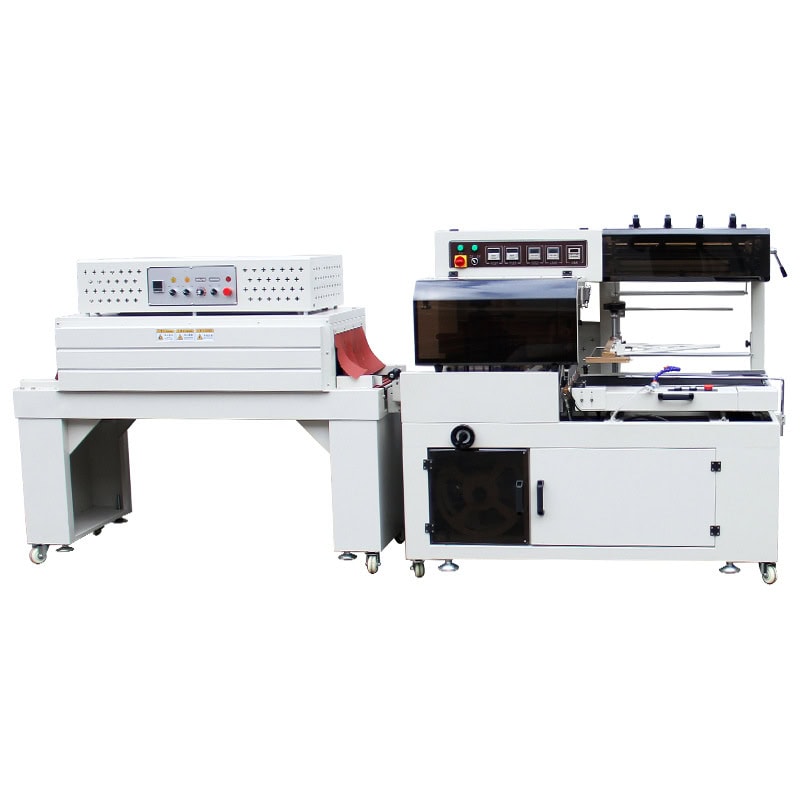Inappropriate packaging can lead to product damage, financial losses, and unhappy customers. The right packaging ensures product safety, reduces waste, and enhances the overall customer experience. Here’s how to choose the perfect packaging solution.
To select the right packaging solution, prioritize protection, sustainability, and cost-effectiveness. Assess your product’s specific needs, branding elements, and logistics to ensure optimal packaging performance.
Let’s explore the key factors in selecting the ideal packaging for your products.

Understand Your Product’s Needs
Packaging begins with understanding your product’s specific characteristics. Is it fragile, perishable, or sensitive to temperature fluctuations? Your packaging must meet these individual product needs to ensure safe transit and storage.
- Protection: Your packaging must provide the necessary protection to safeguard products from damage during shipping or handling. Ensure that the material shields against moisture, impacts, and tampering.
- Regulatory Compliance: Especially in the food, cosmetics, or pharmaceutical industries, packaging must comply with regulatory standards for safety and hygiene. Review legal requirements to avoid potential penalties.
Prioritize Durability and Quality
Durability is a key concern, as your packaging must endure the entire logistics process. Selecting high-quality, resilient materials will prevent damage and ensure your product arrives in pristine condition.
- Material Selection: Choose the right material based on your product’s characteristics—options include cardboard, plastics, metal, or biodegradable alternatives.
- Sustainability: Many consumers now expect eco-friendly packaging. Choosing recyclable or compostable materials reduces environmental impact and improves brand perception.
Consider Cost and Budget
Balancing packaging quality with cost-effectiveness is crucial. Investing in premium packaging can prevent costly product returns or replacements, but budget constraints should also be considered.
- Balance Cost and Quality: Choose cost-effective materials that don’t compromise on quality. Over-investing in packaging can lead to unnecessarily high costs, while under-investing can result in poor protection.
- Bulk Ordering: Purchasing packaging in larger quantities can significantly reduce costs. Work with your supplier to determine if bulk ordering is a viable option for your business.
Factor in Aesthetics and Branding
The design of your packaging significantly impacts how consumers perceive your product and brand. Well-designed packaging can attract attention and influence buying decisions.
- Design for Appeal: Packaging should reflect your brand’s identity through color, fonts, and logo placement. It’s your first interaction with customers, so make it count.
- Clear Labeling: Ensure that all necessary product information is clearly visible. For products like food or pharmaceuticals, important details like ingredients, expiration dates, and instructions must be easily accessible.
Consider Environmental Impact
Sustainability is no longer optional. Many consumers are making purchasing decisions based on the environmental responsibility of a company, so opting for sustainable packaging can boost your brand image.
- Sustainable Options: Choose materials that are biodegradable, recyclable, or reusable. These options reduce your environmental footprint and resonate with eco-conscious consumers.
- Waste Reduction: Efficiently designed packaging can reduce waste by minimizing unnecessary material use. This not only benefits the environment but also cuts down on your production costs.
Test for Compatibility with Your Supply Chain
Packaging needs to be able to withstand the rigors of your supply chain, from manufacturing to delivery. Testing how your packaging performs at each stage will help ensure that your products are protected.
- Transportation Safety: Ensure your packaging holds up during transportation, especially if your products are being shipped over long distances or in varying climate conditions.
- Storage Requirements: If your products will be stored in warehouses or on retail shelves for extended periods, consider how the packaging will perform under various conditions like humidity, heat, or cold.
Choose a Reliable Packaging Supplier
A strong relationship with a reliable packaging supplier ensures you get consistent quality, timely deliveries, and flexible options as your business evolves.
- Supplier Research: Look for suppliers with experience in your industry, proven reliability, and the ability to scale as your business grows.
- Custom Solutions: Seek out suppliers that offer customization options to create unique packaging that meets the specific needs of your product.
Plan for Scalability
As your business grows, your packaging needs will also expand. Choosing scalable packaging solutions will help you adapt to increasing demand without sacrificing quality or efficiency.
- Flexible Solutions: Select packaging that can accommodate different sizes and shapes of products, allowing for more streamlined operations as your product range grows.
- Automation Compatibility: If you plan to introduce automation into your packaging process, ensure the packaging material and design are suitable for machine handling.
Ensure Packaging Meets Industry Standards
Depending on your industry, certain standards must be adhered to, especially in highly regulated sectors such as food, electronics, and pharmaceuticals.
- Health & Safety Compliance: Make sure that your packaging complies with all necessary safety regulations, especially if your products are perishable or require special handling.
- Certification: Choose packaging materials that are certified for specific uses, whether that’s food safety or hazardous material containment, to protect both your customers and your business from liability.
Regularly Review and Optimize Your Packaging
Over time, your product packaging might need updating to accommodate changes in the market, regulatory updates, or new sustainability initiatives. Regular reviews will ensure your packaging stays relevant.
- Customer Feedback: Engage with customers to gather feedback about your packaging. Are there common complaints or compliments that can guide improvements?
- Innovation: Stay aware of emerging trends in packaging materials and technology to maintain a competitive edge and continually reduce waste, cost, and environmental impact.
Conclusion
Selecting the right packaging is essential to protect your products, enhance your customers’ experience, and elevate your brand. Make sure you review and update your packaging to meet your business’s needs.









